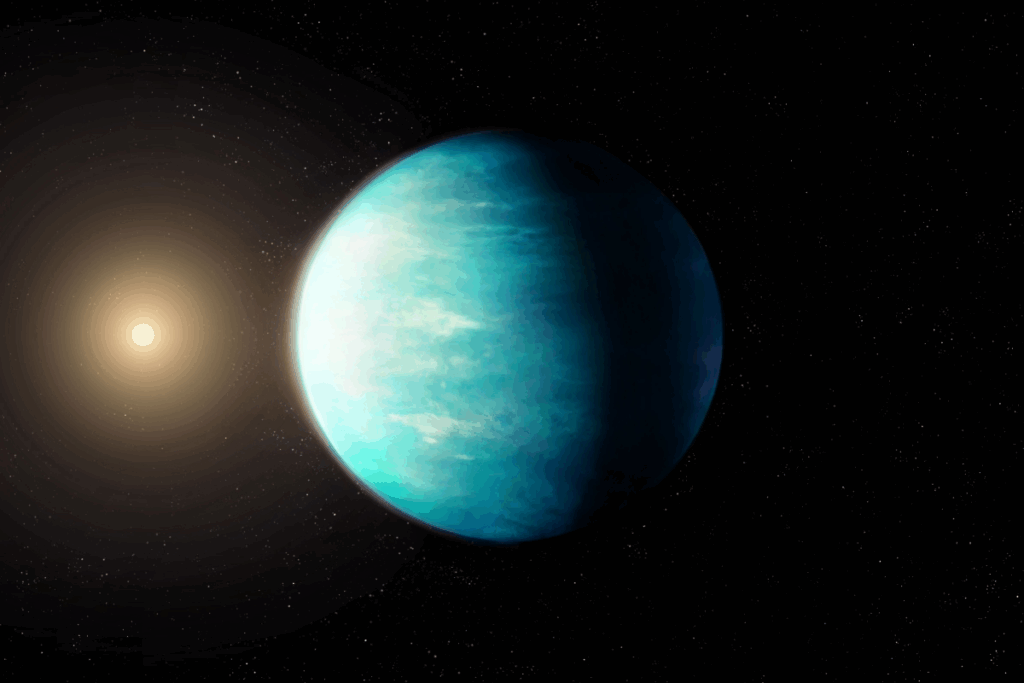GJ 251C Emerges as a Leading Candidate for Future Exploration
Astronomers have identified a new “super-Earth” exoplanet located just 18.2 light-years away, marking one of the most promising nearby worlds for potential life. The planet, named GJ 251c, orbits a red dwarf star in the constellation Gemini and lies within its star’s habitable zone — the region where conditions could allow liquid water to exist.
With a mass roughly four times that of Earth, GJ 251c is categorized as a super-Earth: a rocky planet larger than our own but smaller than gas giants like Neptune. The discovery, published in The Astronomical Journal on October 23, has quickly elevated GJ 251c to one of the most intriguing targets in the ongoing search for life beyond our solar system.
“While we can’t yet confirm the presence of an atmosphere or life on GJ 251c, the planet represents a promising target for future exploration,” said Suvrath Mahadevan, professor of astronomy at Penn State University and co-author of the study.
A Decades-Long Search Leads to a Breakthrough
GJ 251c was discovered after more than 20 years of observations tracking subtle wobbles in its parent star’s motion — a technique known as the radial velocity method. This approach detects tiny shifts in a star’s light caused by the gravitational tug of an orbiting planet.
The research team first refined earlier data on a previously known companion planet, GJ 251b, discovered in 2020. Combining archival telescope observations with new, high-precision measurements from the Habitable-Zone Planet Finder (HPF) at Texas’s McDonald Observatory, astronomers detected a second, slower signal corresponding to GJ 251c. The planet completes one orbit every 54 days.
Additional confirmation came from the NEID spectrograph at Arizona’s Kitt Peak National Observatory, cementing the planet’s status as a genuine find.
“This is a hard game in terms of trying to beat down stellar activity,” Mahadevan explained, describing the challenge of distinguishing faint planetary signals from the noisy, turbulent behavior of red dwarf stars.
A Potential Haven — With Risks
GJ 251c’s location within the Goldilocks zone makes it a compelling target for future study. However, its parent star poses potential challenges. Red dwarfs like GJ 251 are notorious for violent flares that can strip nearby planets of their atmospheres, as seen in systems such as TRAPPIST-1 and Proxima Centauri.
The good news: GJ 251c orbits slightly farther from its star than most known habitable-zone red dwarf planets. This distance may protect it from the worst of the star’s radiation, especially if the planet possesses a dense atmosphere and strong magnetic field capable of deflecting charged particles.
“This planet is one of the best candidates for studying atmospheric signatures of life,” Mahadevan said. “But there’s still much more to learn.”
What Comes Next in the Search for Life
Although the James Webb Space Telescope likely won’t be able to analyze GJ 251c’s atmosphere — the planet is too distant from its dim star for JWST’s instruments — next-generation telescopes could change that. Planned 30-meter-class observatories on Earth, as well as NASA’s proposed Habitable Worlds Observatory slated for the 2040s, are expected to have the sensitivity needed to detect reflected light or atmospheric gases.
“We are at the cutting edge of technology and analysis with this system,” said Corey Beard, an astronomer at the University of California, Irvine. “We need the next generation of telescopes to directly image this candidate.”
For now, GJ 251c represents both an achievement and a challenge — a nearby world that deepens humanity’s understanding of how common potentially habitable planets may be. Whether it’s truly capable of supporting life remains to be seen, but its discovery signals that the search for another Earth is accelerating.


